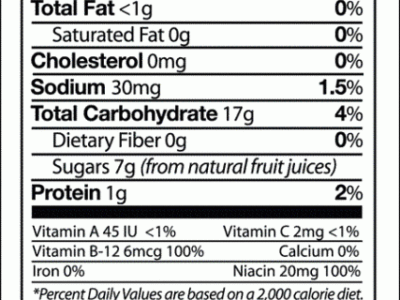The “freshmen 15” is notorious among those teenagers entering their first year of college. Everyone is warned to watch what they eat and to get enough exercise that first year, because on top of all the partying college students do, they’re also exposed to a plethora of unhealthy, fast food options around their campuses. Unfortunately, for many students, the dining halls they will frequent on campus also do not offer the best food choices, nor do they offer sufficient or clear information about the nutritional value of the food that is available to them.
This past August, the American Journal of Clinical Nutrition found that for the majority of college students, the difficult-to-read nutrition labels on food on their campuses did not affect their meal or snack choices. In a nation where obesity is such a prevalent issue, this is nothing but bad news for the impressionable youth who are affected by the unhelpful labels.
The current nutrition labels provide a “quick look” into counts of calories, carbohydrates, fats, cholesterol and proteins, broken down by percent daily value, something with which many Americans – students and adults alike – are unfamiliar.
However, in response to the study, students around the nation have said that if the labels were easier to understand and provided more relevant information, they would pay closer attention to these facts when making food choices. Luckily, the Food and Drug Administration is already in the process of developing a proposal to change several parts of the labels to combat the nation’s obesity crisis. The proposed new label would put more of a focus on calories and give more accurate and understandable portion sizes. Consequently, there would be less emphasis placed on percent daily values. If the proposal is approved, the updated labels could hit dining halls as early as the end of the year.



















